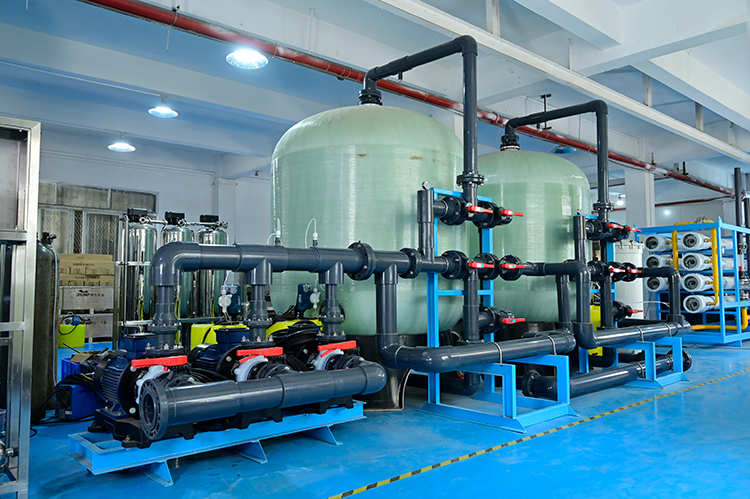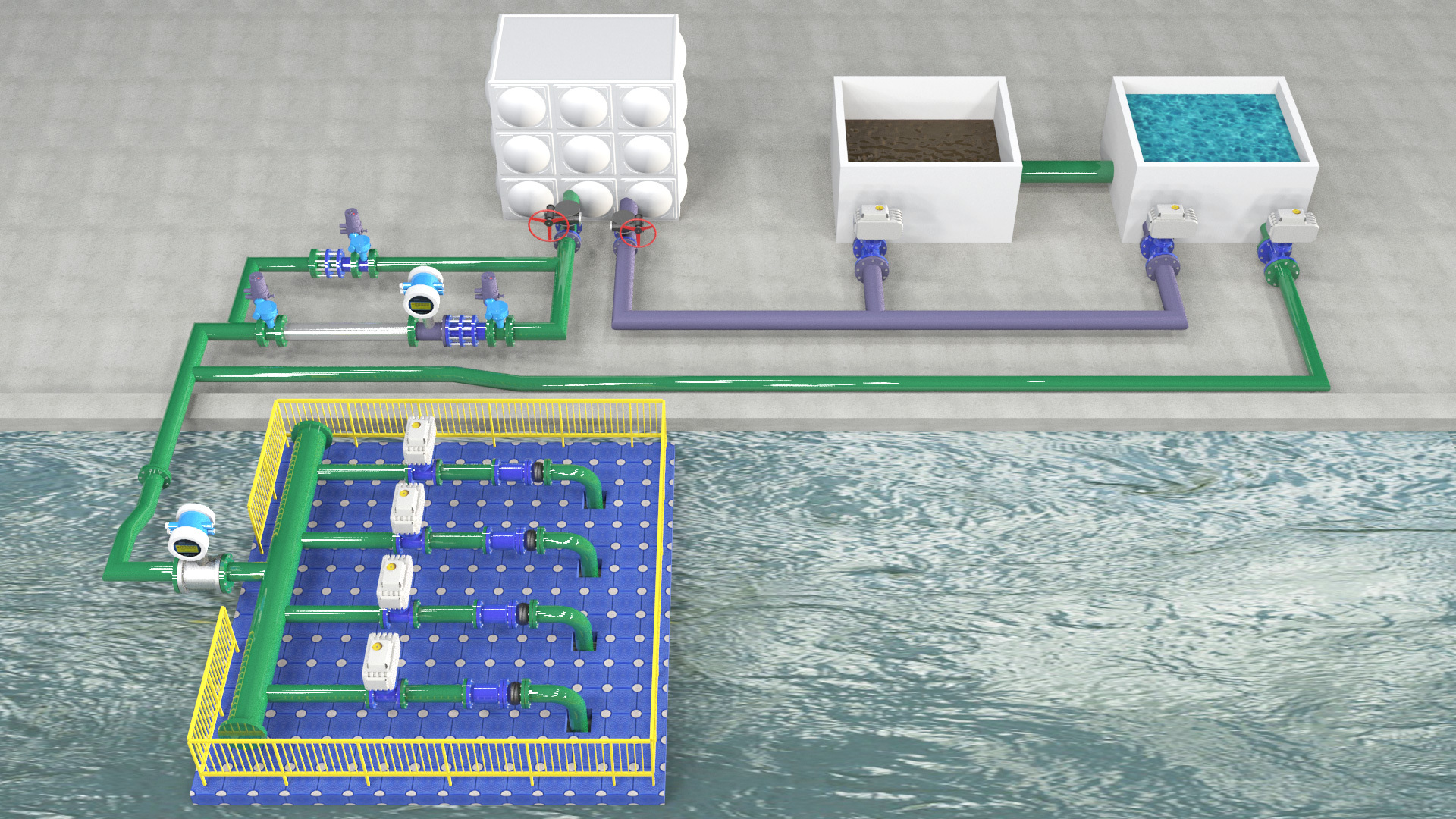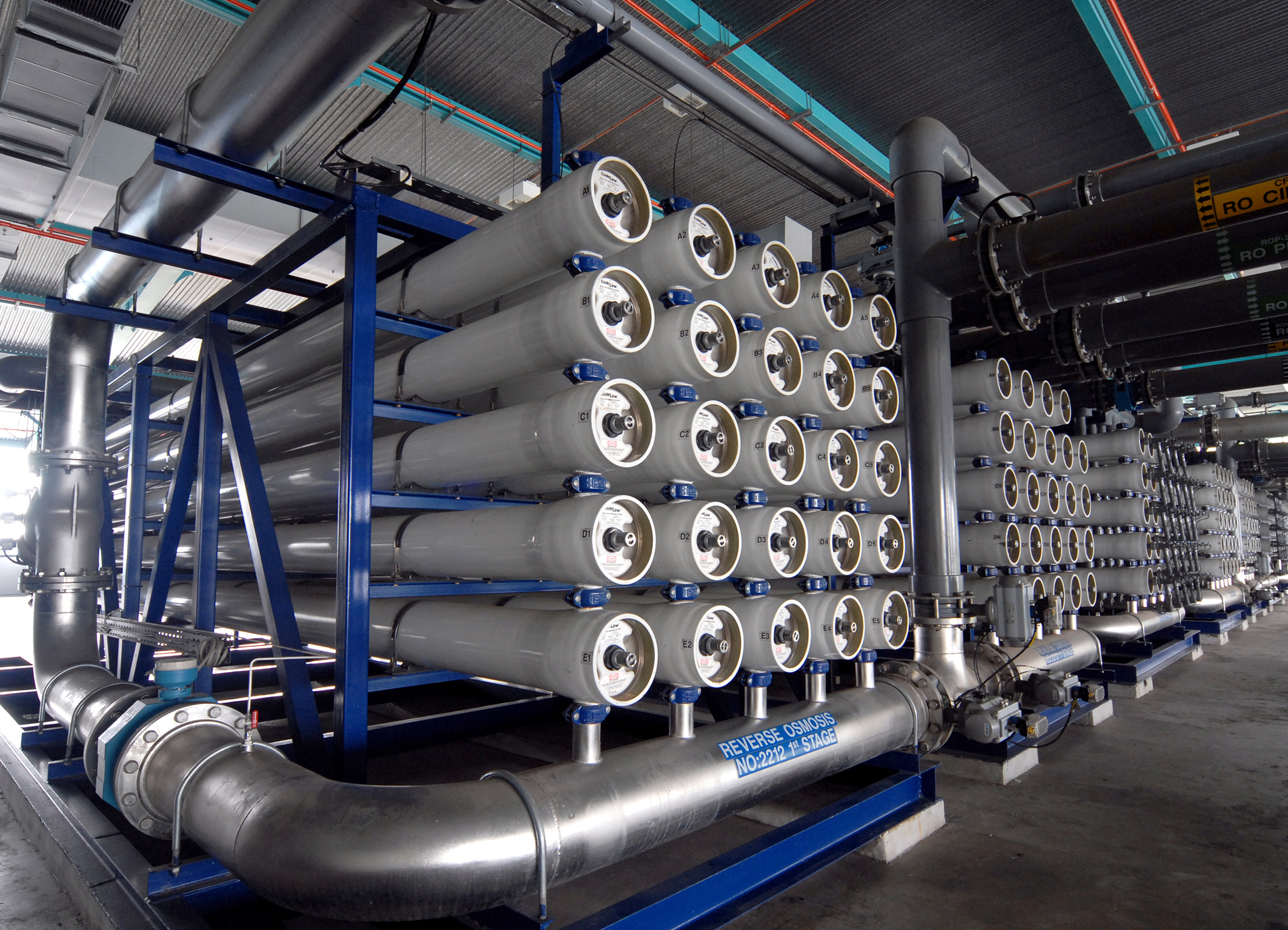How much electricity does a 4-ton reverse osmosis water treatment system consume per hour?
Reverse osmosis water treatment systems play an important role in modern life, but their energy consumption has always been a concern. Let’s take a closer look at the power consumption of a 4-ton reverse osmosis water treatment system.
Basic principles of reverse osmosis water treatment system
First, we need to understand the basic principles of reverse osmosis water treatment systems. This system uses a semi-permeable membrane to separate impurities and salts in water to achieve water purification. However, this process requires a certain amount of energy, which is mainly reflected in power consumption.
Power consumption is related to device model
Secondly, the electricity consumption of the reverse osmosis water treatment system is closely related to the model of the equipment. Different models of devices have different wattages, so their power usage will also vary. Taking a 4-ton reverse osmosis water treatment system as an example, its power is about 8KW.

Specific calculation examples
Taking 8KW as an example, the system consumes about 8 kilowatt hours of electricity per hour. This means that during each hour of operation, the system will consume approximately 8 kWh of electricity to complete the water purification and treatment work.
Consideration of influencing factors
It should be noted that the actual power consumption may be affected by many factors, such as the operating time of the system, water quality, etc. Therefore, in actual use, power consumption needs to be further evaluated and adjusted according to specific conditions.
Measures to improve efficiency
In order to reduce the energy consumption of a reverse osmosis water treatment system, there are some measures that can be taken to improve the efficiency of the system. For example, regularly inspect and maintain equipment, optimize system operating parameters, etc. These measures can effectively reduce the energy consumption of the system, save energy and reduce environmental impact.

How to effectively control the operating costs of reverse osmosis water treatment systems?
Analysis of cost components
In addition to electricity consumption, the operating costs of a reverse osmosis water treatment system also include costs for manual maintenance, replacement of consumables, etc. Therefore, how to effectively control operating costs has become an important issue in the field of water treatment.
Application of energy-saving technology
First, the introduction of energy-saving technology is key to reducing operating costs. By using advanced energy-saving equipment and technology, the energy consumption of the system can be reduced, reducing energy consumption, thereby reducing operating costs.

Regular maintenance and upkeep
Secondly, regular maintenance and upkeep are also important means to control operating costs. Timely inspection and maintenance of equipment to keep the equipment in good operating condition can reduce the probability of failure and reduce repair and replacement costs.
Cost-benefit assessment
Finally, conducting a cost-benefit assessment is key to controlling operating costs. When selecting equipment and technology, investment costs, operating costs and benefits need to be comprehensively considered to ensure a reasonable return on investment. Through reasonable cost-benefit analysis, the most suitable equipment and technology can be selected to achieve cost control and maximize benefits.

What failures may be encountered during the operation of the reverse osmosis water treatment system?
Common fault analysis
First, it is important to understand the failures that a reverse osmosis water treatment system may encounter. Common faults include pump failure, semipermeable membrane damage, circuit failure, etc. These faults may affect the normal operation of the system, causing the water purification effect to decrease or the system to stop working completely.
Application of preventive measures
Secondly, taking preventive measures is key to preventing failures from occurring. Regular inspection and maintenance of equipment to keep the equipment in good operating condition can reduce the occurrence of failures. In addition, it is also very important to establish a sound maintenance system, train professionals, and improve the efficiency and timeliness of troubleshooting.
Application of emergency measures
Finally, when a failure occurs, emergency measures need to be taken promptly to restore the normal operation of the system as quickly as possible. This may include replacing damaged parts, repairing electrical faults, etc. Timely and effective troubleshooting can minimize system downtime and ensure the continuity and stability of water treatment work.




